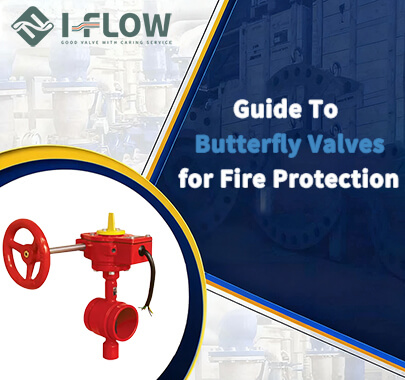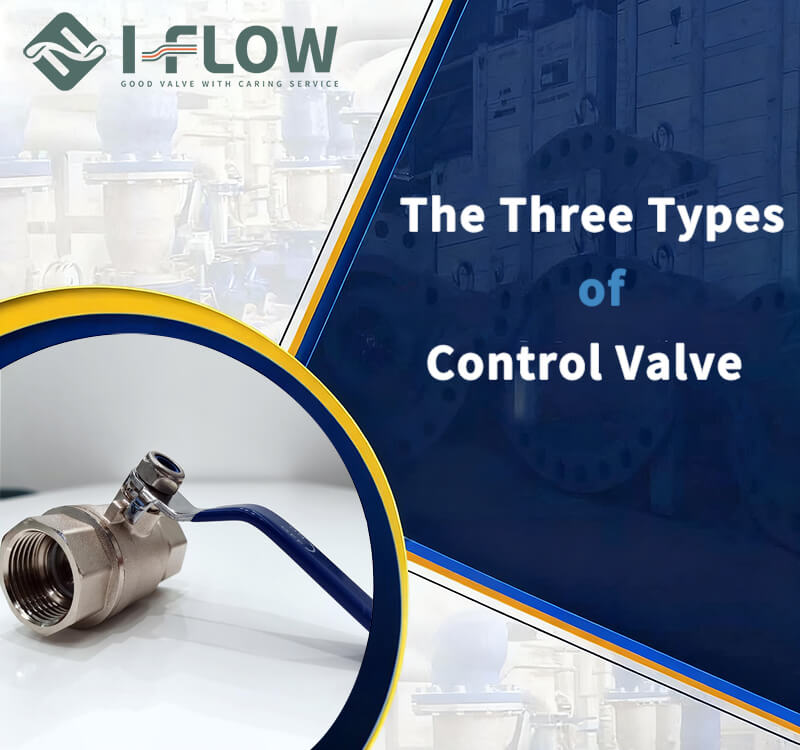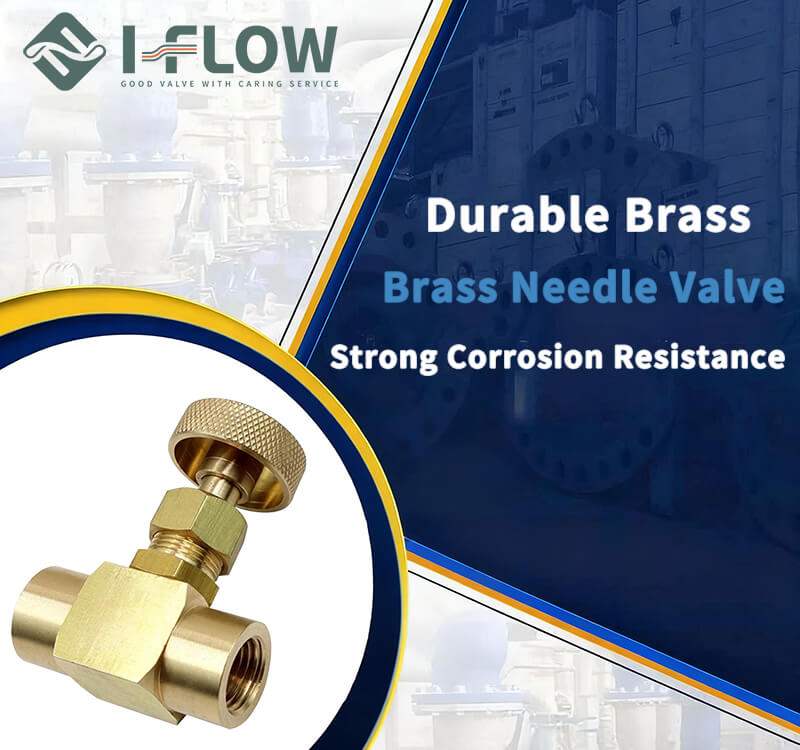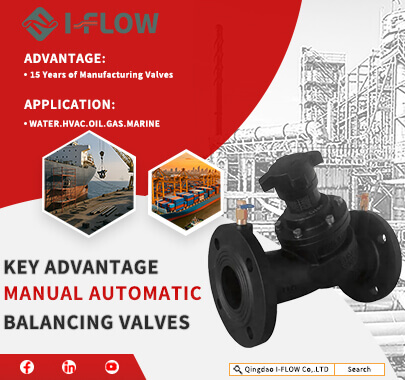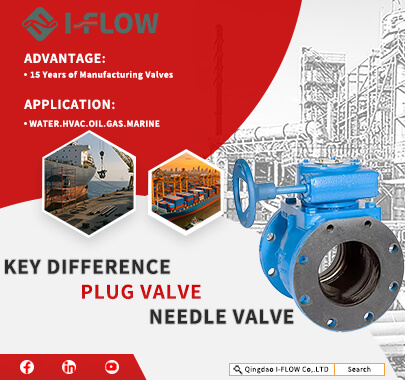1. Recognizing the Distinctive Disc Design
The most notable feature of a butterfly valve is the large, circular disc that rotates within the valve body. This disc is positioned in the center of the pipe and pivots on an axis perpendicular to the flow
Open Position: The disc rotates to align with the flow, allowing fluid to pass with minimal obstruction.
Closed Position: The disc rotates to block the pipe, halting the flow completely.
Partial Open (Throttling): The disc’s position can be adjusted to regulate the flow, offering precision control.
This unique mechanism distinguishes butterfly valves from other types like gate valves, where the disc or gate moves vertically.
2. Compact and Lightweight Valve Body
Butterfly valves are typically slimmer and lighter compared to gate, globe, or ball valves. Their streamlined structure enables installation between two pipe flanges. Unlike heavier and bulkier alternatives, butterfly valves require minimal space, which reduces overall pipeline weight and material costs.
Wafer Style: Held in place by flange pressure on both sides. This design is economical and suitable for low-pressure applications.
Lug Style: Features threaded inserts (lugs) that allow bolts to pass through, providing secure installation and easy disassembly. Ideal for higher pressure environments.
Flanged Style: Equipped with flanges that bolt directly to the pipeline, offering enhanced stability and leak-proof performance.
3. Quarter-Turn Mechanism
Butterfly valves operate with a 90-degree turn of the handle, gear, or actuator. This quick and efficient design facilitates fast shutoff and flow regulation, providing a distinct advantage over multi-turn globe or gate valves.
Manual Lever: Common for smaller valves; a simple lever handle rotates the disc.
Gear Operated: Larger valves often use a handwheel with a gearbox to reduce torque, making operation smoother.
Automated Actuation: Electric, pneumatic, or hydraulic actuators allow for remote control and integration into automated systems.
4. Handle Position Indicates Flow Status
The handle or actuator's orientation clearly shows the valve’s operational state:
Handle Aligned with Pipe: Valve is fully open, allowing maximum flow.
Handle Perpendicular to Pipe: Valve is fully closed, blocking the flow.
Intermediate Angle: Represents partial flow, indicating the valve is in throttling mode.
5. Material Variations for Different Applications
Butterfly valves are constructed from diverse materials, allowing them to operate in various environments:
Body Materials: Cast iron, ductile iron, stainless steel, PVC, and bronze ensure compatibility with water, chemicals, and gases.
Disc Materials: Stainless steel, nickel-plated ductile iron, or rubber-coated metals offer corrosion resistance and durability.
Seat Linings: EPDM, NBR and PTFE seats provide tight sealing and protect against fluid leakage.
6. Applications Across Industries
Butterfly valves are versatile and used extensively in different sectors:
Water Treatment: Large-diameter butterfly valves regulate flow in municipal and industrial water systems.
HVAC Systems: Manage water and air distribution in heating and cooling networks.
Oil & Gas Pipelines: Control the movement of gases and liquids under high pressure.
Marine Environments: Corrosion-resistant models handle seawater and other fluids in ship systems.
Chemical Processing: Specialized linings ensure resistance to aggressive chemicals and extreme temperatures.
7. Differentiating from Other Valves
Gate Valve: Features a rising or non-rising gate that blocks or allows flow; typically used for on/off control but not for throttling.
Ball Valve: Utilizes a sphere with a hole through its center; rotates to align or block flow. Suitable for quick shut-off but not for fine control.
Globe Valve: Incorporates a linear motion disc for throttling applications; bulkier and more complex.
Compared to these, butterfly valves provide faster operation, reduced weight, and cost savings, making them ideal for large pipelines and frequent use.
8. Size and Pressure Considerations
Butterfly valves are available in sizes ranging from small (2 inches) to extremely large diameters (up to 120 inches), accommodating various pressure classes.
Low to Medium Pressure Systems: Wafer-style valves are common.
High Pressure Systems: Lug or flanged butterfly valves provide secure sealing and enhanced durability.
9. Performance and Efficiency
Minimal Pressure Drop: When fully open, the thin disc minimally obstructs flow, reducing energy consumption.
Cost-Effectiveness: Simple design reduces manufacturing costs, making butterfly valves more affordable than complex globe or ball valves.
Maintenance Ease: Fewer components simplify maintenance, leading to lower downtime and reduced operational costs.
10. Visual Identification Tips
Look for a narrow, flat valve body between two flanges.
Observe the disc inside the pipe when the valve is partially open.
Check for quarter-turn operation and a handle or actuator directly controlling the disc.
The valve may have a flange or lug structure securing it to the pipeline.

.png)
 en |
en |









